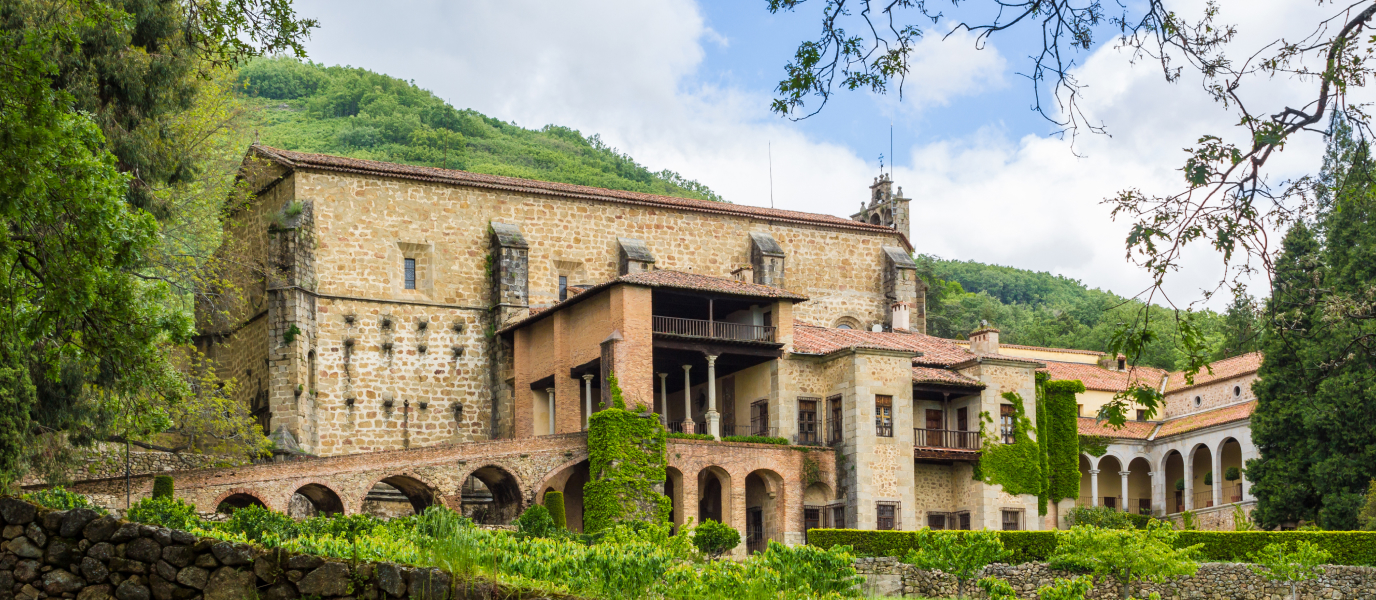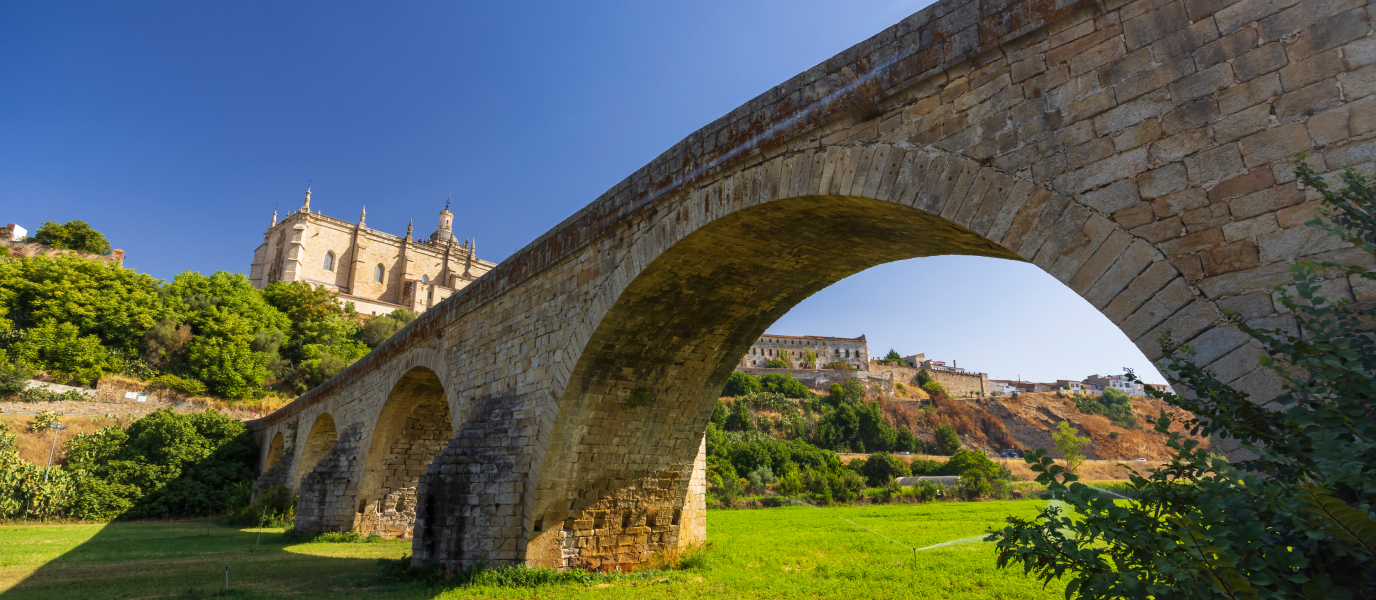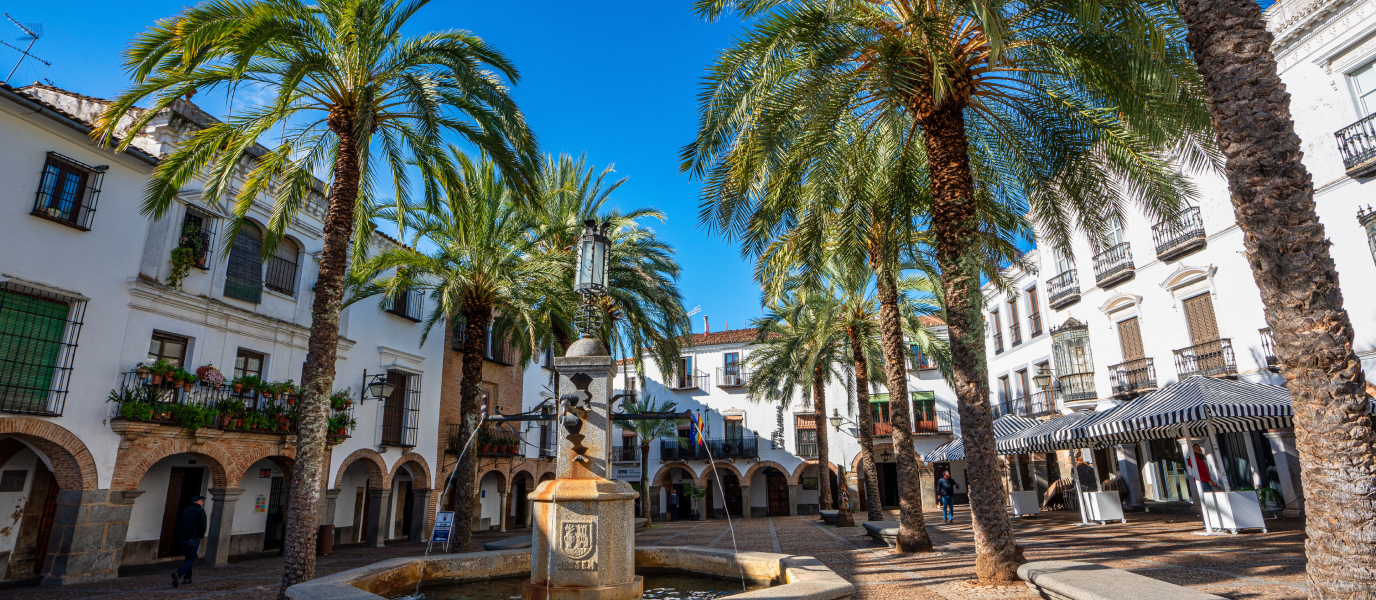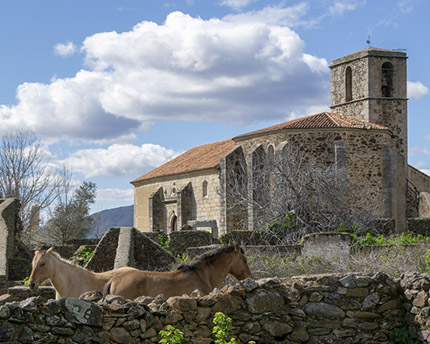Before visiting the Yuste Monastery, you can’t help but wonder what could have led a great emperor like Charles V to choose this place, in the province of Cáceres, to spend the last years of his life. The leader of a whole empire on which the sun never set abdicated, left everything behind, and travelled to Cuacos de Yuste to find himself and face death. When you arrive at the monastery, you’ll find answers to all these questions at once. The scenery is spectacular, the setting is stunning, and the monastery is fit for a king.
History of Yuste Monastery
The first monastery was built in Cuacos de Yuste in 1402 to house, curiously enough, the Order of Poor Hermits, who later joined the Order of St. Jerome. It was a place of retreat, meditation, and ascetic life until 1556, when Charles I of Spain and V of Germany arrived, suffering with gout after abdicating in favour of his son Philip II.
The existing building couldn’t accommodate an emperor and an entourage of dozens of people, so they had to build the palace house, a two-storey building with a direct window onto the church from which the king listened to mass.
When Charles V died on 21 September 1558, he was even buried in this temple until Philip II moved his remains to the Royal Pantheon at El Escorial.
During the Spanish War of Independence (1809), the monastery burnt down and was partially demolished. Furthermore, the Hieronymites were expelled and with the disentailment of Mendizábal, even the last great abode of Charles V was put up for public auction.
It was in the 1950s that restoration work began with the aim of maintaining the original design.
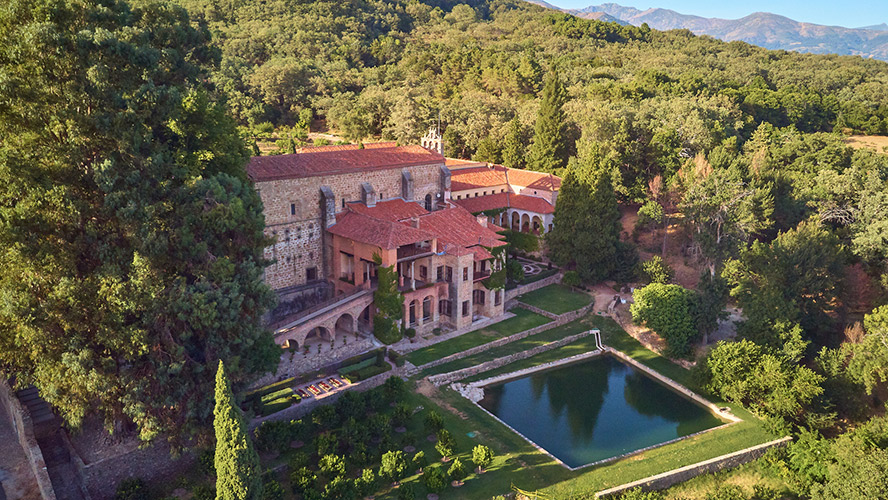
What you can see on your visit to the monastery
The Yuste complex is clearly divided between the Palace of Charles V and the monastery, which has a church and two cloisters, one in the Gothic style and the other in the Renaissance style. The visit is rounded off with a tour of the spiritual gardens that make for an unforgettable experience and that are Italian in style.
Cloister
The 15th-century Gothic cloister, built parallel to the church, is a much more serene and even darker and austere space than the Renaissance one. With a quadrangular floor plan and wooden ceilings, the upper part was where the novices had their rooms, which explains why the area appears to be so austere. One of the most striking details is the interior garden and its 16th-century fountain.
The so-called new cloister, the Renaissance cloister built in the 16th century, is much more decorated and the capitals of its columns are worth a moment’s contemplation to discover the three coats of arms and scenes from the Passion of Christ.
It also has a square floor plan, like the old one, and once had up to three storeys, although now only two remain standing. From there you can access the refectory where the Hieronymite monks ate their meals, with a large pulpit at the entrance. Let yourself be captivated by the interior garden and the fountain.
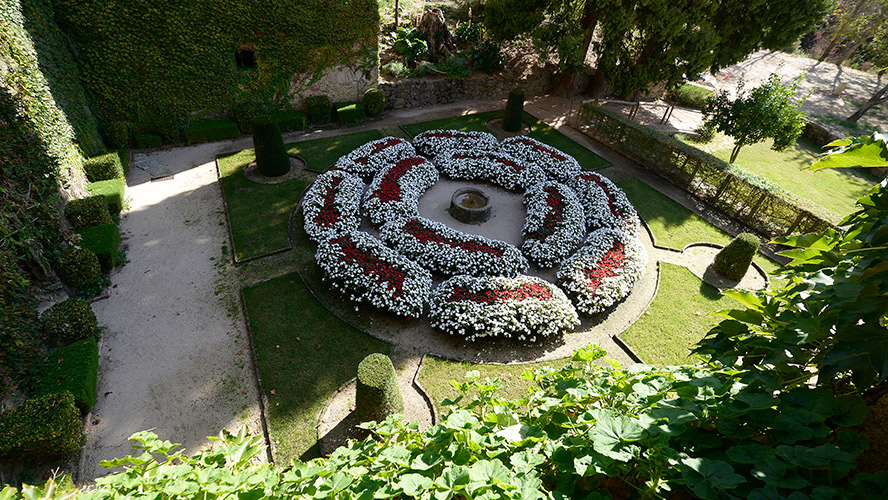
Church
The Gothic church, with some Renaissance touches, was the place where Charles V would look out of his bedroom window, which can be seen from the inside, to hear mass. It was an austere place, as the emperor himself demanded at the end of his life, but there is a striking Renaissance altarpiece by Antonio de Segura, which was commissioned by Philip II himself to pay homage to his father and which even made it necessary to modify the height of the temple. Above it are the imperial arms with the double-headed eagle and the Golden Fleece, symbolising Charles V, and an incredible copy of Titian’s work of the Last Judgement.
In the sacristy there are copies of the works that were once in this church and the staircase to the crypt which was the first tomb where the great emperor was buried until his remains were moved to El Escorial.
Palace of Charles I
Although the area where Charles V spent his last days is called a Palace-House, the building is simple and built of basic materials such as brick and masonry. It’s a building attached to the church that was designed by the royal architects and consists of two floors and four rooms around an inner courtyard.
The curious thing is that to reach the upper floor, where Charles V’s room was, a ramp was built so that he could do so on horseback, as he suffered from many mobility problems in those years.
Most of the furniture on display during the visit isn’t original. Not even the special chair that can be seen to keep his legs raised that Charles V is said to have used. The original is in the Royal Palace in Madrid.
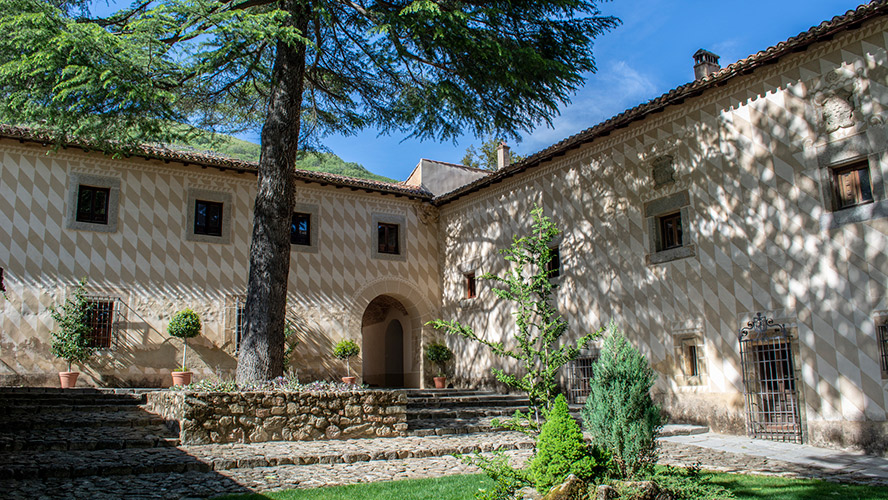
Information on the visit. How to get there
The Monastery is only closed on Mondays, so from Tuesday to Sunday you can visit it until 6 p.m. in the evening, although the last entry is permitted at 5 p.m. From 3 p.m. onwards, access is free of charge.
It’s easy to get there by car as there’s a car park where you can leave your car without any problems.
The visit starts at the main gate and we recommend that you spend at least an hour in order to soak up the serene and austere atmosphere that the great emperor sought for his last days.
What to see in the surrounding area
Before leaving Cuacos de Yuste you should take a stroll through the village where the brothels where the emperor is said to have kept his concubines or the House of Jeromín, the illegitimate son of Charles V who accompanied him until his death, are still standing. Jeromín met Philip II and in Valladolid, after the reading of the Emperor’s will in which he recognised him as his son, he was renamed John of Austria.
If you want to go sightseeing in the region of La Vera, you must visit Jarandilla, where you’ll find the Castle of the Counts of Oropesa, which is now a Parador. In fact, it was here that Charles V spent some time while the house in the monastery was being hastily built.
Moreover, this region is famous for its almost wild nature, full of waterfalls and Roman bridges that flow into the river Tiétar. Most of them are impressive to see, such as the Cascada del Diablo waterfall, and even to enjoy in summer with a refreshing dip.
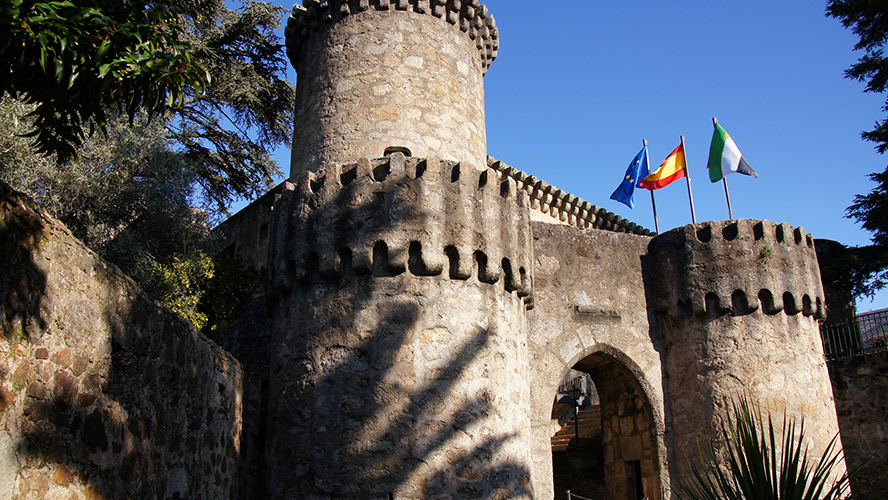
Where to stay to discover the province of Cáceres
One of the best options to stay is at the Barceló Cáceres V Centenario, a completely renovated hotel located in a quiet area of Cáceres. Its 138 rooms are spacious, elegant, and quiet in a space that combines style and modernity. It also has incredible gardens and a terrace where you can enjoy the best the province has to offer.





























































